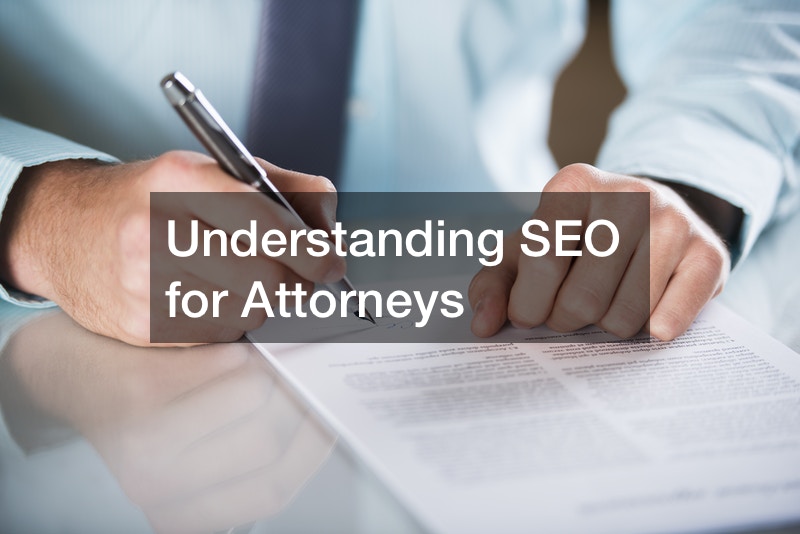
Once you’ve identified suitable commercial property for lease and agreed on major lease terms with the landlord, such as the amount of rent and how long the lease will last, it’s time to formalize your agreement in a binding, written lease. Understand the significance of the landlord’s lease clauses before embarking on lease talks. Detailed awareness of common business lease conditions will assist you in avoiding hidden, onerous pitfalls.
It will also help you in negotiating favorable changes.
It should be no surprise that the small print in a commercial lease is crucial. Before signing a lease, there are two main processes: conduct considerable research, and be aware of common statutes in business leases. Determining the building owner, vetting the landlord, investigating zoning laws, and gaining a general sense of the region are all steps in the research process. Make sure you understand the payment structure, risk exposure, the transfer mechanism, the landlord’s intended holdover rate, and any nuisance terms in your lease before signing. Before you sign anything, you should also research basic environmental regulations pertaining to the property. Landlords frequently overlook these rules, which could be used against your company. These are some significant considerations. However, keep in mind that typical business lease arrangements differ by state.

